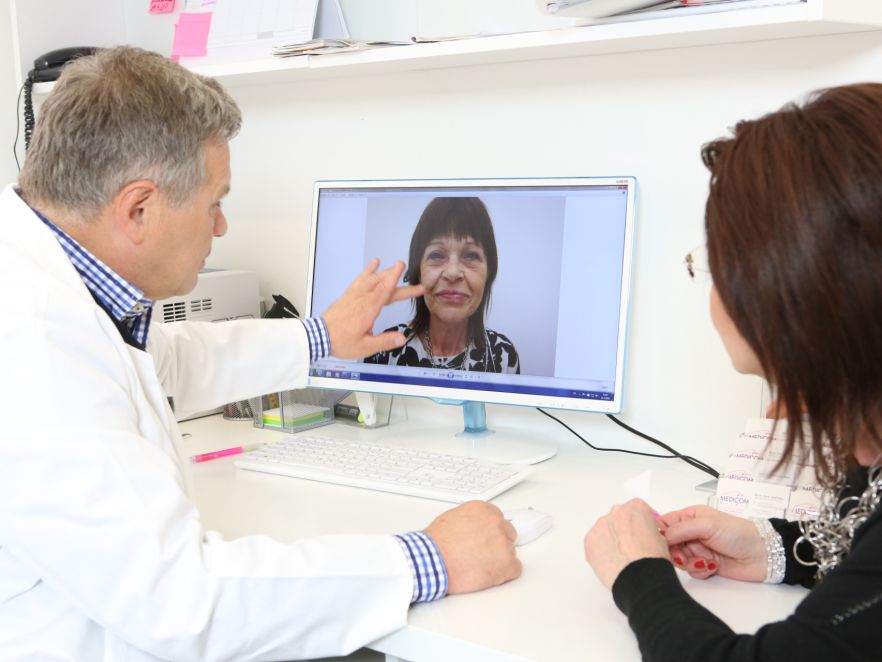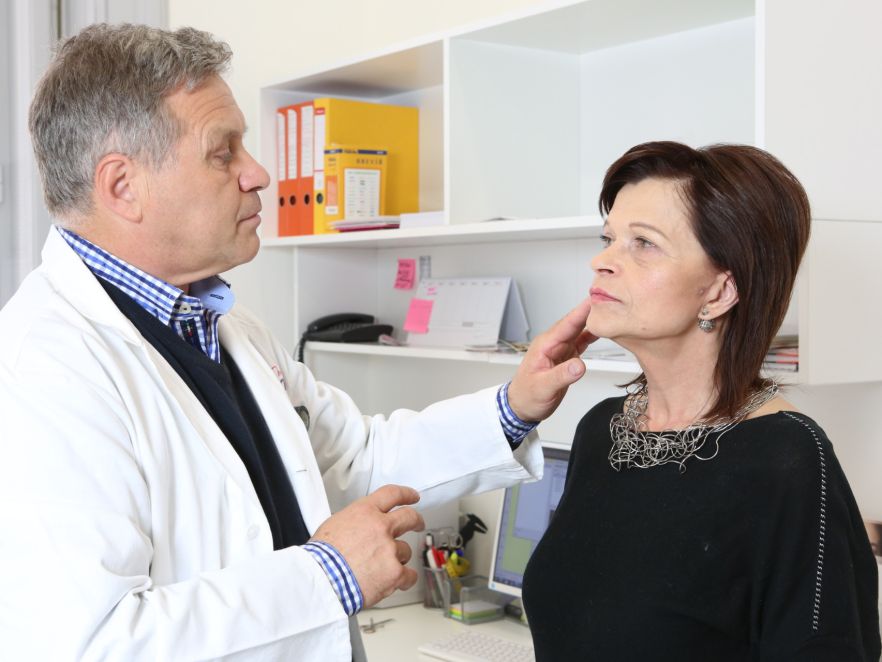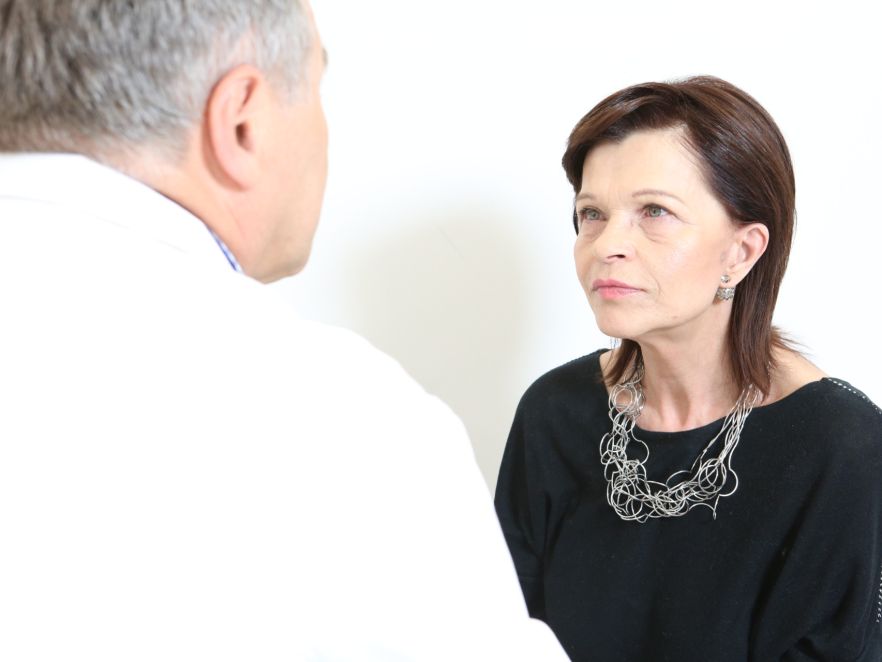Plastic surgery
of the upper eyelids


of the upper eyelids
The first important step is an initial consultation with the surgeon of your choice. You'll tell the doctor what your vision is for the outcome of the procedure, and together you'll find the best way to achieve it. You will learn all the necessary information about the procedure, the post-operative healing process and any risks. The doctor will show you on a drawing where he will make the incisions, and you will also see before and after photos of our clients. The extent of the pre-operative examination for eyelid surgery depends on the doctor's recommendations. If the surgery is performed under general anesthesia, a comprehensive pre-operative examination will be required.


Approximately 4 weeks before surgery, you should not take medications that affect blood clotting. Consult your surgeon and anaesthetist in advance about any medications you normally take. Take extra care of your overall health before surgery. Even a common cold can affect the course of surgery. You should not have any acute illnesses 2 weeks before surgery.
Upper eyelid surgery is performed under local anaesthesia and takes approximately 45 minutes. The doctor first numbs the area, then uses a scalpel to remove a pre-marked strip of excess skin and cuts the muscle over the inner corner of the eye. This allows him or her to get to the fat bags that were causing your eyelid to swell and remove them. It will also reshape the circular eye muscle to make the contour of the outer half of the upper eyelid stand out again.
The plastic surgeon then brings the muscle together and adapts it, then sutures the skin together with a fine, thin, non-absorbable thread. Our surgeons suture the eyelids with plastic (subcutaneous) sutures and remove the sutures after one week. The resulting scar is placed in the natural crease of the eyelid.
The lower eyelid surgery also takes about 45 minutes. During this procedure, the surgeon removes the underlying pressing fat sacs, which, as with the upper eyelids, are located under the circular eye muscle. In this case, however, the bags, popularly called bags, are formed under the eyes. The bags must be removed together with the excess skin. At the initial consultation, you will discuss with the doctor whether he or she will use a laser or a scalpel. When using a scalpel, the stitching process is the same as for the upper eyelids - the only difference is that the surgeon hides the scar between the eyelashes. No scarring occurs with laser surgery, but the procedure must be performed under general anesthesia.
When combining upper and lower eyelid surgery, we consider general anesthesia. The procedure takes approximately 1.5 hours.


Complications are rare in eyelid surgery. Nevertheless, it is worth knowing what they are. In particular, the so-called oculocardial reflex, which is usually triggered by pressure on the eye. It is manifested by a drop in blood pressure and pulse. In most cases, however, the drop in pressure is small.
During surgery, a condition known professionally as ectropion can also occur. This causes tearing and the sensation of a foreign body in the eye due to the conjunctiva being pulled away from the eye or the eyelid being pulled over. This condition can also occur after surgery due to swelling of the eyelid. Once the swelling subsides, the condition usually disappears. Very rarely, the condition persists in the long term.
The effect of not closing the eye slit during sleep also disappears on its own. In addition, there may be a transient dry eye sensation after the operation, but this is easily resolved with eye drops.
Rarely, wound spacing may also occur after suture removal. This usually happens when clients disobey the doctor and touch the unhealed scar. Therefore, it is really important that the operated area remains as still as possible after the procedure until it heals on its own.
However, in case of complications, our doctors of course know how to proceed. The plastic surgeon will also be available to you in person or by phone after the surgery and will resolve any problems with you. If you have any post-operative problems, call him immediately.
The procedure is usually performed under local anaesthesia, so there is no need for you to stay overnight in the clinic afterwards. However, we do not recommend that you drive after the procedure. Within Prague, Brno and Ústí nad Labem, where we have branches, we will be happy to drive you home free of charge. However, if you live outside of these cities, ask one of your relatives for a ride. Don't forget to bring your sunglasses for the journey home, whatever the time of year. Your eyes are very sensitive to light after the procedure.

Make an appointment for a no-obligation consultation with an experienced doctor.